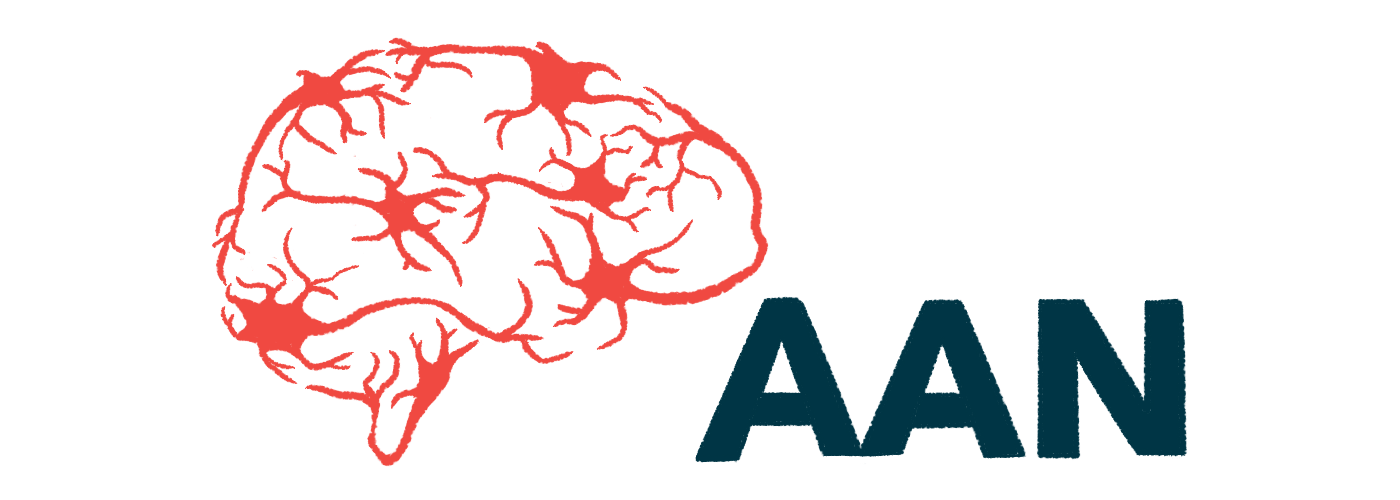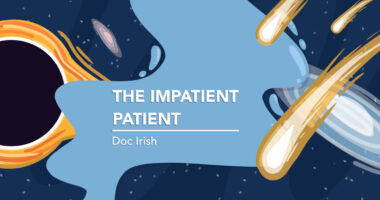AAN 2023: Targeted DBS in brain may work better in Parkinson’s
Fewer cognitive side effects seen in trial with DBS to right side of brain

People with Parkinson’s disease given deep brain stimulation (DBS) targeting the right side of the brain experienced fewer cognitive side effects following treatment compared with those who received the procedure to the left side of the brain, according to new findings from a clinical trial.
Deep brain stimulation, commonly called DBS, is a surgical treatment for Parkinson’s that involves implanting an electrode into the brain to deliver gentle electrical stimulation to specific brain regions. While DBS has been seen to ease Parkinson’s motor symptoms, it also can cause cognitive complications as a side effect.
“DBS is highly effective per patient report, and many patients report being very happy with it, but one common side effect is cognitive change, which includes verbal fluency changes as well as declines in memory,” said Victor A. Del Bene, PhD, of the University of Alabama at Birmingham, who presented the new findings at the annual meeting of the American Academy of Neurology (AAN).
“This [result] is very important because non-motor symptoms in Parkinson’s is a very important factor for quality of life,” Del Bene said.
His talk, given last week at the AAN meeting in Boston and virtually, was titled, “Evidence of Improved Verbal Fluency Following Unilateral Right Hemisphere Subthalamic Nucleus Deep Brain Stimulation for Parkinson’s Disease.”
Targeting the brain’s right versus left side in DBS
The University of Alabama is leading a clinical trial, called SUNDIAL (NCT03353688), that aims to identify biomarkers to help predict patient responses to DBS. The ultimate goal is to better guide individualized treatment for people with the neurodegenerative disease.
At the AAN meeting, Del Bene shared data from 31 patients who participated in SUNDIAL. All received DBS targeting the region of the brain associated with their most problematic symptoms. For 17, the treatment targeted the left side of the brain; the other 14 had DBS on the brain’s right side. None of the patients had signs of cognitive impairment, Del Bene noted.
At the start of the study (baseline), the participants underwent assessments of verbal fluency, which were repeated at regular intervals following the DBS procedure. In these verbal fluency tests, patients were asked to name as many words as they could think of in a given category.
The patients also underwent memory assessments, as well as the Stroop test — a classic psychological evaluation in which a patient is given a list of words for colors, written in different-colored ink. The patient has to say the color the word is written in, not the word that is spelled, as quickly as possible.
At baseline, verbal fluency scores were significantly lower among patients with left-side DBS compared with those with the treatment targeting the right side of the brain. Stroop test scores were similar in both groups.
Over six months of follow-up, for patients given left-side DBS, the verbal fluency scores gradually worsened, by about 25% in total. This “is very consistent with published literature,” Del Bene said.
By contrast, among those given right-side DBS, verbal fluency scores improved significantly, by about 25%, over six months of follow-up. This finding was exciting because improvements on cognitive tests following right-side DBS have not been reported before, according to Del Bene.
Patients given right-side DBS also showed significant improvements on the Stroop test, by about 18%. In patients given left-side DBS, Stroop test scores did not significantly change over six months of follow-up.
Measures of short-term memory did not change significantly in either group over the course of the study, while long-term memory worsened by about 10% both the right-side and left-side groups. These data also are consistent with prior findings on DBS, Del Bene said.
According to Del Bene, the worsening of verbal fluency after left-side DBS is likely caused by damage to certain language-processing centers located on the left side of the brain due to the implanted electrode.
The reasons for verbal fluency and Stroop test improvements following right-side DBS remain less clear, however. It could be that there are no lesions due to electrode placement in the left part of the brain that’s associated with language processing.
But it also might be the practice effect — when patients do better on specific cognitive tests the more often they take it.
“Conservatively, we can say that there is at least no evidence of decline in verbal fluency and response inhibition [Stroop test] in the [right-side DBS] group,” Del Bene said.
He noted that efforts are underway to perform further studies testing whether these results can be replicated and verified. If they can, he said these data may help guide DBS placement to help minimize side effects in cognition for patients.
Note: The Parkinson’s News Today team is providing coverage of the American Academy of Neurology (AAN) 2023 Annual Meeting April 22-27. Go here to see the latest stories from the conference.







